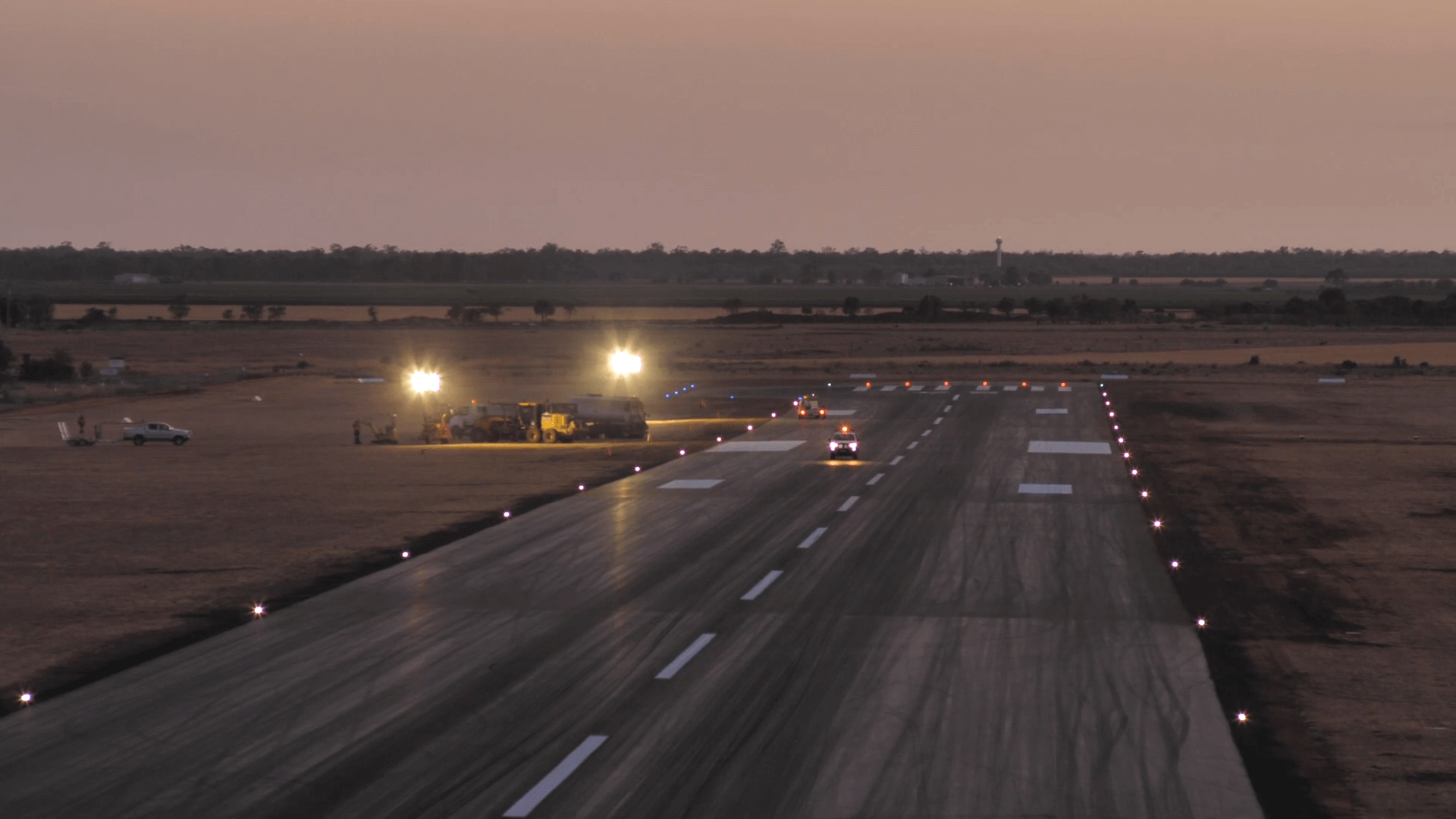Slender Bridge Design Innovation Saves $5m in Construction Costs on the Albion Park Rail Bypass
Albion Park Rail Bypass (APRb) project provides a new 9.8 kilometre, four-lane, divided carriageway for the Princes Highway in Shellharbour, NSW, bypassing Albion Park Rail between Yallah Road in the north and Oak Flats in the south.
Fulton Hogan won the head contract to deliver the $630 million project and engaged SMEC to provide detailed design services for the project, including alignment, drainage, flooding, geotechnical, structural and pavement design.

Two pivotal design innovations developed by SMEC and Fulton Hogan helped reduce the project schedule by 12 months and save almost $10 million in construction costs.
The first design innovation – a slender bridge design – consisted of bespoke concrete deck planks with integral supports and increased plank spacing. This permitted a reduction in the depth of the deck for higher clearance in flood events and future-proofed the nearby Illawarra Regional Airport by accommodating large-height vehicles on the project’s bridges.

The second innovation made by the design team was the unconventional use of lightweight fill over compressible foundation material. This delivered several benefits, including reduced structural actions in the abutment piles, reduced surcharge thickness and improved safety during construction.

Slender Bridge Design
For three of the project’s 13 bridges (bridges 3, 4 and 13), bespoke precast planks with minimised depth were used to increase clearance at the underside of the deck above a 1-in-100-year flood level. The design team also increased the plank spans to 21 metres, reducing the number of piers required in the floodplain.

These 21 metre-long planks have a depth of 745 mm - the same depth as a standard 18-metre TfNSW plank.

For two other bridges (bridges 6 and 7), the design team increased plank spacing to reduce the number of planks required in each span without the need for a diaphragm beam at the supports.
“We reduced the total bridge length across the project by more than 150 metres, representing a 30 per cent reduction, and provided approximately $5 million in construction savings,” said a statement provided by SMEC.

Unconventional Lightweight Fill
Early geotechnical investigations for the project identified soft soils. The team initially proposed conventional geotechnical treatments such as controlled modified columns to support the embankment over the soft soil areas; however, this approach is costly and requires substantial materials such as concrete.

The original design would’ve meant the bridge piling would occur with active surcharge, so the pile design would have to allow for loading induced by the surcharge.
Instead, the team modified the design to reduce surcharge by using wick drains and incorporating a lightweight fill for the embankment, placed over the compressible foundation soil.

“The use of lightweight fill optimised construction sequencing, which allowed bridge construction to commence three months earlier, and reduced risks to existing assets while achieving a cost-effective and safer solution,” Transport for NSW told This Is Construction.
Building in a Floodplain
The design innovations were developed in response to several site constraints, including the floodplain, construction around the existing Illawarra and Princes Highways, a nearby airport, a railway line and the presence of soft, compressible soil.
SMEC’s design considered the way flood catchments perform as an integrated network – rather than in isolation. To address the risk of flooding impact - which currently forces the Illawarra Highway and the Princes Highway to shut several times a year - other project initiatives implemented included:
- Detailed flood models for various catchments to ensure construction and operation didn’t alter the site’s flood immunity
- Building up the flood-prone land to minimise flooding risk – ultimately changing it from regular flooding to a 100-year event
- Numerous bridges and large pipe structures to ensure flood waters can be conveyed within watercourses
- Design-led bridge structures to rationalise the span arrangements to reduce the number of bridge piers in critical locations to minimise flooding risk
According to SMEC, the team’s innovative design decisions saved hundreds of hours in design and saved $10 million in construction costs.

Fulton Hogan and SMEC won the Australian Engineering Excellence Award 2020 for the detailed design on the APRb project, which acknowledges the project team’s effort and innovation, particularly given the difficult geotechnical and hydraulic flooding conditions.
On being awarded the Engineers Australia’ Australian Engineering Excellence Award in 2020, the judges commented: “This project is an outstanding example of SMEC specialist teams using technical innovation to set new benchmarks and maintain high standards for Australian engineering.”
The project is expected to be completed by mid-2021.
Project specifications:
- 9.8 kilometre, four-lane carriageway on the Princes Highway, bypassing Albion Park Rail between Yallah Road (in the north) and Oak Flats (in the south)
- Motorway-standard highway with two grade-separated interchanges (at Albion Park and at Oak Flats)
- 13 bridges
- A shared user path and local road connections to improve community connectivity
Key outcomes:
- Delivered almost 12 months ahead of schedule
- Innovative design reduced construction costs by almost $10 million
- Improved travel times – 65 per cent of traffic will transfer off the Princes Highway onto the bypass – motorists save 30 per cent travel time
- Improved safety – reduced congestion at a notorious bottleneck
- Supports the growth and development of the Illawarra region















